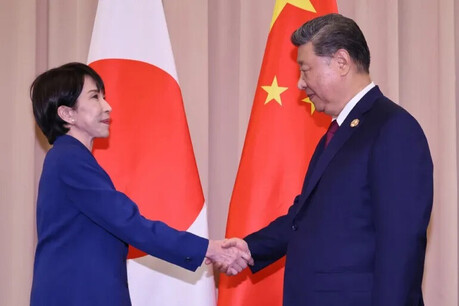
Seoul, South Korea – A recent survey has revealed staggering price disparities among South Korean hospitals for non-covered medical procedures, prompting calls for tighter government regulations. The study, conducted by the Citizens’ Coalition for Economic Justice, found that costs for certain treatments could vary by as much as 62.5 times between different medical institutions.
Non-covered medical services, which are not reimbursed by the national health insurance, are priced at the discretion of individual hospitals. This has led to a wide range of costs for procedures such as physical therapy, MRI scans, and spinal injections. The survey found that, for instance, the price of physical therapy could differ by up to 492,000 won (approximately US$360) between hospitals of the same type.
The findings have sparked public outrage, with 90% of survey respondents expressing concerns about the pricing of non-covered procedures and calling for government intervention. Critics argue that the lack of oversight has created a system ripe for overcharging and has contributed to a decline in access to essential medical services.
"The current system allows hospitals to set their own prices for non-covered treatments, often leading to exorbitant costs for patients," said [Name], a representative from the Citizens' Coalition for Economic Justice. "This not only places a heavy financial burden on individuals but also undermines public trust in the healthcare system."
To address these issues, the coalition has proposed several reforms, including:
Mandatory reporting: Requiring all hospitals to report the prices of non-covered services.
Standardized pricing: Developing a standardized pricing system for non-covered procedures.
Price caps: Implementing price caps to prevent excessive charges.
Pre-approval: Requiring prior approval for certain non-covered procedures.
The group has vowed to continue advocating for stronger government regulations to protect patients from exorbitant medical costs and ensure equitable access to healthcare.
[Copyright (c) Global Economic Times. All Rights Reserved.]





























